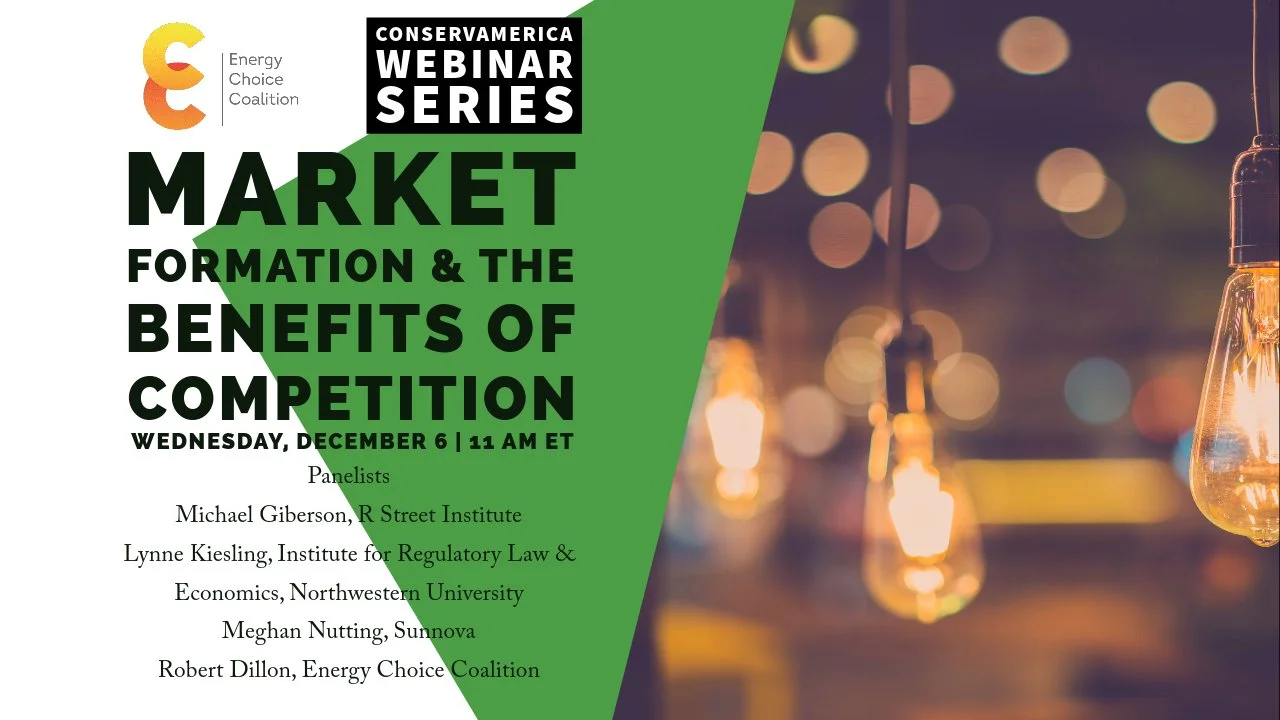Consumers are critical in managing supply and demand on the electricity grid. Consumers have always been able to manage their energy consumption to varying degrees, but many are now generating their own electricity and have the ability to put excess power back onto the grid to help meet demand elsewhere on the system.
As the Department of Energy explains, “demand response programs are being used by some electric system planners and operators as resource options for balancing supply and demand. Such programs can lower the cost of electricity in wholesale markets, and in turn, lead to lower retail rates.”




















